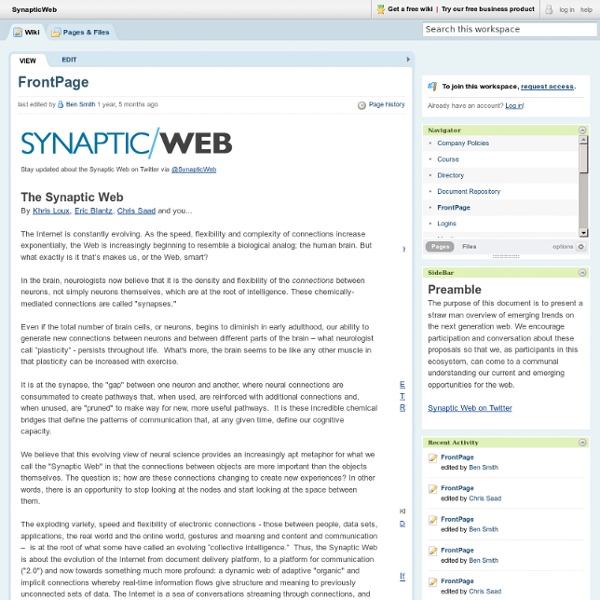Announcing Echo StreamServer, AppStore
02.08.2011– SAN FRANCISCO—Echo (www.aboutecho.com) today launched StreamServer, a new cloud platform that gives media companies, brands and startups the power to aggregate and control content and activity from their site, social networks, applications and more into one real-time database. Echo unveiled the new platform this morning before a large audience at the San Francisco Museum of Modern Art alongside NBC, Reuters, Sports Illustrated, Interscope, and other customers already working with the new service. Like never before, the Internet is awash with activity information. Those that have determined how to capture this data and create highly relevant social experiences have prospered. They are now household brand names. In response, many have tried to integrate simple Facebook, Twitter and other social media point solutions into their sites — but point solutions are not enough. Given the power but elusive nature of social media, today’s brands want: Control of the user experience
Système complexe adaptatif
Un article de Wikipédia, l'encyclopédie libre. Complex Adaptive System Un système complexe adaptatif ou système complexe auto-adaptatif est l'ensemble des cas particuliers d'un système complexe capable de s'adapter à son environnement par des expériences d'apprentissage. Le terme anglais complex adaptive systems (CAS) a été introduit par l'Institut interdisciplinaire de Santa Fe notamment par John H. Holland et Murray Gell-Mann. Observations[modifier | modifier le code] En 1962, Vero Copner Wynne-Edwards a observé la sélection de groupe à l’œuvre dans les communautés d’oiseaux sauvages. Par ailleurs, David Sloan Wilson (en) a démontré qu’un réseau social qui applique les règles du « système adaptatif complexe » constitue la plus puissante machine à apprendre et gagne presque à tous les coups[1]. Exemples[modifier | modifier le code] Notes et références[modifier | modifier le code] ↑ (fr) Le principe de Lucifer : le cerveau global, Howard Bloom (trad.
Tagxedo - Word Cloud with Styles
SynapticWeb / FrontPage
synaptic web « Collective Web
In previous posts, especially in those related to content mapping, I frequently referred to collective actions and efforts in describing certain concepts, but never elaborated on the exact meaning of these terms. One could think that collectivity and collaboration are identical (they often are mentioned in the same context) as both have something to do with individuals working together. In fact, I find it important to highlight their differences for I expect collectivity to play as vital a role in Web 3.0 as collaboration did in Web 2.0. Transition As already understood from popular Web 2.0 applications such as Wikipedia, Google Docs, or WordPress, we define collaboration as sharing workload in a group of individuals who engage in a complex task, working towards a common goal in a managed fashion, and are conscious of the process’ details all the way. Different realms Collaboration and collectivity operate in different realms. The synaptic web Hence the synaptic web calls for collectivity.
Creating Your Own Echo Chamber With The E2 Stream | The Digital Letter - Official Blog of Kenneth Yeung + TheLetterTwo.com
February 12, 2011 by Ken Yeung We’ve all seen it. Companies are advertising on television or through their own websites and when they say they have a Facebook page or Twitter account, they’re taking you to that service. You’re no longer centralizing that conversation. It’s going to be impossible for you to tie it all back together. Wouldn’t your community managers prefer to have one central area to respond to critics, supporters and your customers? This past Tuesday, the team from Echo held a press conference in San Francisco at the Museum of Modern Art (MoMA) where they announced something new to help create better engagement. Don’t leave your business out. One thing to note at first glance is that Echo and their e2 stream server is not meant for the individual consumer. In the beginning of the Internet age, we all put up websites and know people who could pop open Photoshop, create one from scratch and then build it out using HTML/CSS. People can still be social on your website
Structure du cerveau
Sommaire Structure du cerveauLa mémoireLe sommeilLa fatigue Retour à Conseils pour la santé Le cerveau est la structure la plus complexe de l’univers. Celle-ci se caractérise par l’existence de prolongements, dont les uns apportent des informations au neurone (les dendrites), alors que les autres communiquent les informations recueillies par le neurone (les axones). Si quelque jour, passant par le Berry, vous avez l’occasion de visiter la cathédrale St Etienne de Bourges, vous pourrez y observer la superposition de trois édifices successifs : une crypte ancienne d’une grande simplicité, surmontée d’un chœur roman aux voûtes encore incertaines ; enfin surmontant le tout et l’enveloppant de toutes parts, l’admirable église gothique avec ses 5 vaisseaux de lumière s’élançant vers le ciel. Au cours de l’évolution, des premiers vertébrés à l’homme, sont apparus 3 cerveaux superposés : · le cerveau dit reptilien ou diencéphale, qui assure la régulation de notre vie végétative. (J.M. (P. (R. 1.
Space, Time and Everything In Between: William Kentridge: Thick Time at the Whitechapel Gallery
The Refusal of Time, part of William Kentridge’s exhibition at the Whitechapel Gallery. A 2012 film still, made in collaboration with Philip Miller, Catherine Meyburgh and Peter Galison, Courtesy of William Kentridge, Marian Goodman Gallery, Goodman Gallery and Lia Rumma Gallery. Born in Johannesburg in 1955, William Kentridge grew up in apartheid South Africa, the son of two lawyers. His show Thick Time, at the Whitechapel Gallery until January 15 2017, features his work from the last 13 years and is his first major show in the UK in 15 years. The Refusal of Time, inspired by his conversations with American scientist Peter Galison about the theories of time, is the first piece in the exhibition. An Orwellian voice says something about the pips on the radio and the phrase “Here I am” is repeated over and over until its meaning becomes unclear. Second-Hand Reading is the most moving piece in the show.



